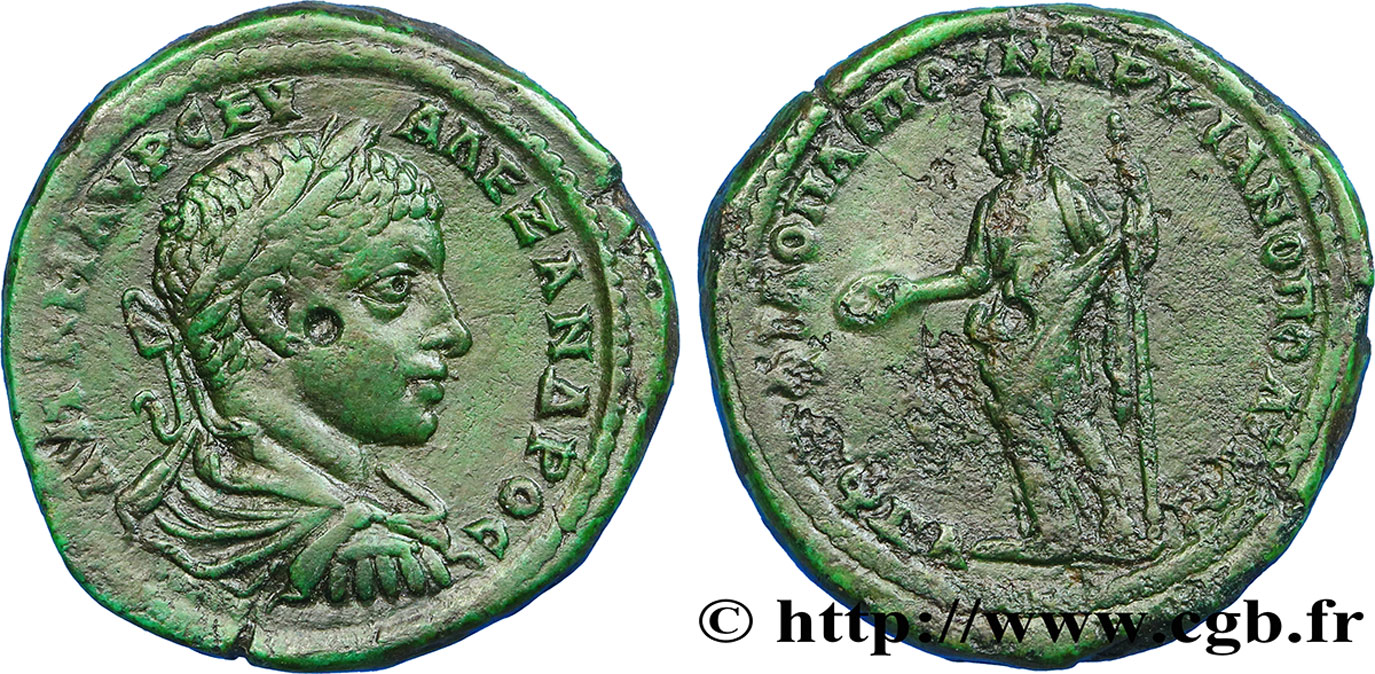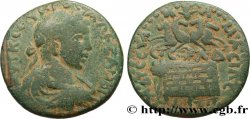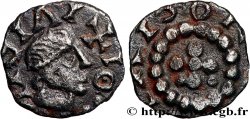E-auction 286-206257 - bpv_408118 - SEVERUS ALEXANDER Tetrassaria
You must signin and be an approved bidder to bid, LOGIN TO BID. Accounts are subject to approval and the approval process takes place within 48 hours. Do not wait until the day a sale closes to register. Clicking on « bid » constitutes acceptance of the terms of use of cgb.fr private e-auctions.
Bids must be placed in whole Euro amounts only. The sale will start closing at the time stated on the item description; any bids received at the site after the closing time will not be executed. Transmission times may vary and bids could be rejected if you wait until the last second. For further information ckeck the E-auctions F.A.Q.
NO BUYER'S FEE.
NO BUYER'S FEE.
| Estimate : | 180 € |
| Price : | 92 € |
| Maximum bid : | 94 € |
| End of the sale : | 08 October 2018 15:05:30 |
| bidders : | 14 bidders |
Type : Tetrassaria
Date: c. 222-223
Mint name / Town : Marcianopolis, Mésie Inférieure
Metal : copper
Diameter : 27 mm
Orientation dies : 7 h.
Weight : 11,66 g.
Rarity : R1
Coments on the condition:
Exemplaire sur un flan large bien centré des deux côtés avec les grènetis complets. Beau portrait d’Alexandre Sévère. Joli revers de frappe un peu molle. Très belle patine verte
Catalogue references :
Obverse
Obverse description : Buste lauré, drapé et cuirassé d’Alexandre Sévère à droite, vu de trois quarts en arrière (A*2).
Obverse legend : AUT K M AUR SEU - ALEXANDROS, (Autokrator Kaisoar Markos Aurhlios Shuhros Alexandros)
Obverse translation : (L’empereur césar Marc Aurèle Sévère Alexandre Julia Maesa).
Reverse
Reverse description : Héra (Junon) drapée debout à gauche, tenant une phiale de la main droite et un sceptre long de la main gauche.
Reverse legend : UP FIG FILOPAPPOU MARKIANOPOLI/T-(WN), (Upatewn Fig Filopappou Markianopolitwn)
Reverse translation : (Hypateon Phir Philopoppus de Marcianopolis).
Commentary
Rubans de type 1. Ptéryges larges. Trou de centrage au droit. our Alexandre Sévère, nous avons trois magistrats qui se succèdent, d’abord l’Hegemon Marcus Terebentinus, puis l’Upateon Tiberius Julius Festus, puis enfin Philoppapus qui semble beaucoup plus rare dans un laps de temps relativement court entre 222 et 226, voire 228.








 Report a mistake
Report a mistake Print the page
Print the page Share my selection
Share my selection Ask a question
Ask a question Consign / sell
Consign / sell
 Full data
Full data















